Signs of diseases in plants
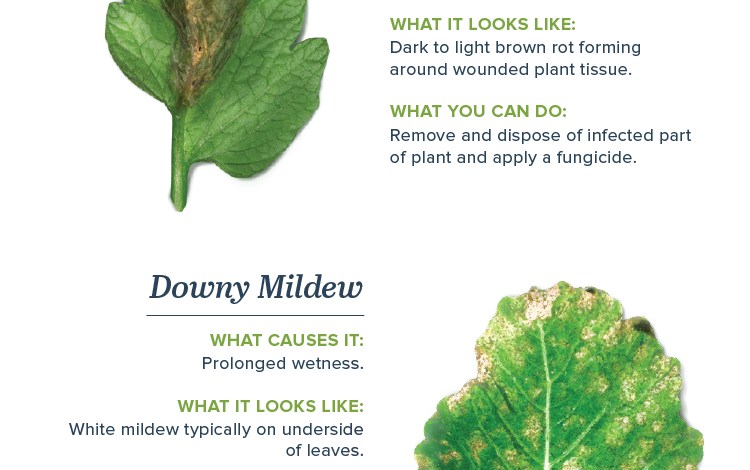
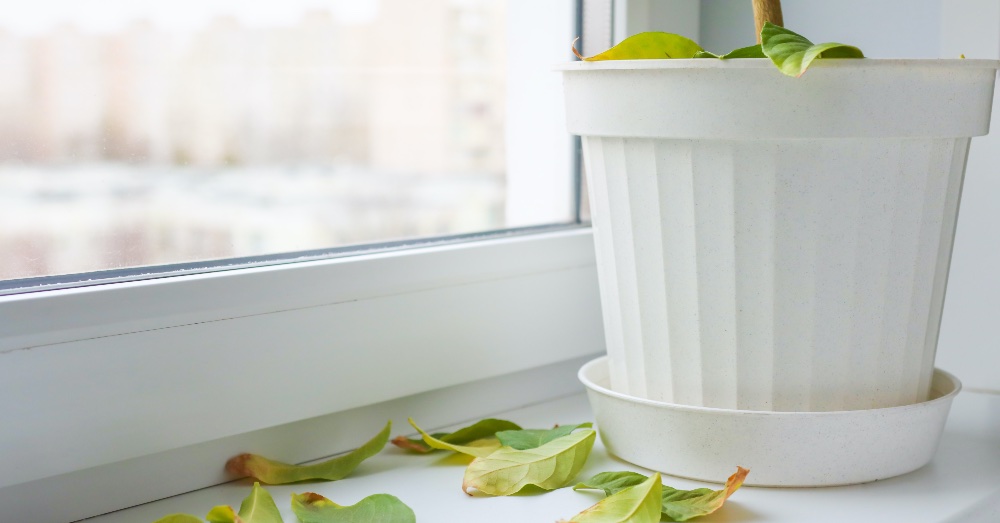
Knowing how to identify diseases in plants in time is one of the concerns of those who enjoy them. And it is perfectly logical. Growing both indoor and outdoor plants takes care, time and dedication. And, although every lover of them knows that they can present setbacks, knowing how to tackle any ailment is essential in order not to compromise the life of the plant, but also to save us trouble.
In general, plant diseases do not come for free. They are, fundamentally, the result of malpractice in their specific care. Either because we do not give them the lighting they need, because we go too far or fall short with irrigation; or because we do not attend to their fertilization needs: our hand is the cause of most plant ailments. And, although making mistakes is human, knowing how to redirect an error in time is wise.
Beyond prevention, which involves knowing in detail the care of each plant, let’s see how to know that it is sending us signals that something is wrong. The best way to be able to stop whatever happens to it but, above all, to correct what we are not doing correctly.
5 SYMPTOMS OF DISEASES IN PLANTS
Although there is no specific time for this, plant diseases usually manifest in the two most extreme seasons of the year: winter and summer. In the cold months, it is likely that both the lack of light and the excess of irrigation during the vegetative rest period will play tricks on us. And in the sunny months? Well, beyond the fact that it is a time of greater demand because it coincides with the growth of the plant, there is another aspect to consider. A plant that drags a bad winter crop will have a greater predisposition to disease than one that is healthy.
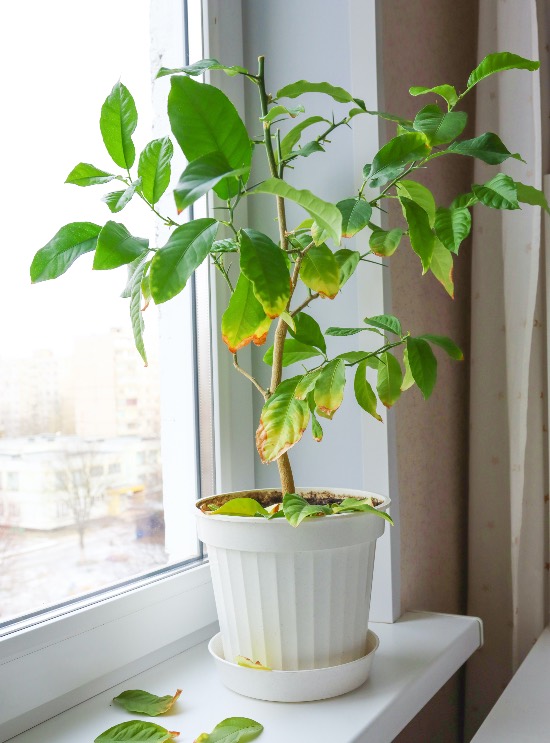
It is not the only thing we must take into account. It is important to know that both fungi and insect enemies of plants find their perfect target in those that are weak. So, whether we detect one or the other, let’s be clear about it. It will not be enough, only, to eliminate the pests or stop the fungal advance. In addition, we will have to check what care we have given to a plant, especially in one aspect: if we have regularly used adequate fertilizers and fertilizers so that it is strong and nourished.
Keeping these two aspects in mind, let’s look at some of the signs of disease in plants. Some that should make us review the care we give them and, above all, solve any excess or defect.
1. Yellow leaves, one of the classic signs
Yellow leaves are probably the easiest and most well-known symptom of plant disease. In general, it usually responds to a problem of irrigation or humidity. And not only to an excess: also the lack of water can manifest itself by changing the color of the leaves. Something that, probably, we have experienced when we have detected yellow leaves of the geranium or, even, if it has been the case to wonder why my monstera has yellow leaves.
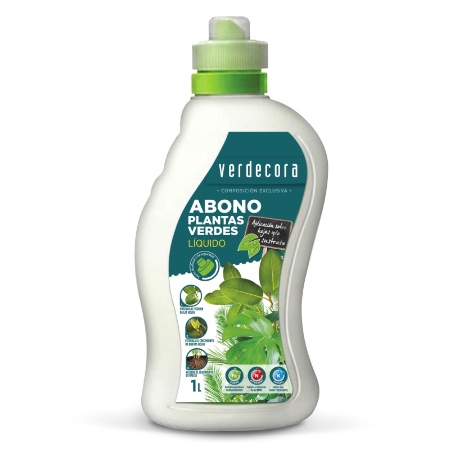
However, be careful: although yellow leaves are linked to care related to water, they can also show other deficiencies such as lack of fertilizer, incorrect lighting or, among others, hardness of the water. Therefore, it is essential that if we have plants with leaves in this color, we thoroughly analyze all their care in addition to irrigation before changing something in their cultivation pattern.
In certain plants, such as green or acid-loving plants, yellow leaves also indicate a low-acid soil or a lack of iron.
2. Falling leaves, another symptom of plant diseases
And we continue with another classic! Seeing how our plant loses leaves is always a cause for alert. But let’s discriminate: it is one thing to lose the old leaves, which have reached the end of their cycle; and another that loses healthy leaves. If we find ourselves in the second scenario, it is time to take action.
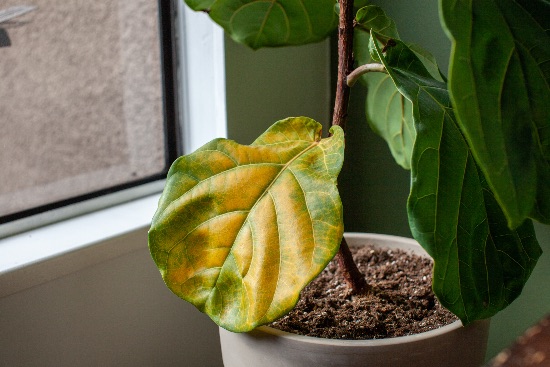
There are a number of reasons why a plant loses its leaves: a lack of water, too much sun, or even being subjected to a cold draft. Again, we will have to review the growing conditions and modify them until we find the reason that is endangering our plant.
3. Spiky stems, very common in succulents
It is what is known as etiolation and, although it can occur in any plant, it is true that it is much more spectacular in the case of succulents. This term refers to those stems of the plant that are spiked and stretched, changing the usual shape of the plant.
The reason why it occurs is more than identified: when our plant gleans its stems, it is indicating that it does not receive the light it needs. Sometimes this is accompanied by a change in the coloration of its leaves. Solving it is as simple as changing it to a brighter place.
4. Soft stems, rot symptom
Any plant lover’s nightmare is to touch the stem of one and discover that it is soft. When that happens, our plant has started to rot from the roots; and the rot has advanced until reaching the stems.
Except in the case of geraniums, in which case we will have to consider how to eliminate the geranium butterfly, in any other plant it means the end of it.
5. Brown edges and spots, a symptom to monitor closely
In general terms, both symptoms indicate a lack of environmental humidity. They can also be indicative that our plant has received direct sun without tolerating it. Two problems that are easy to solve, since by spraying our plant or changing its location we will be able to channel its cultivation again.
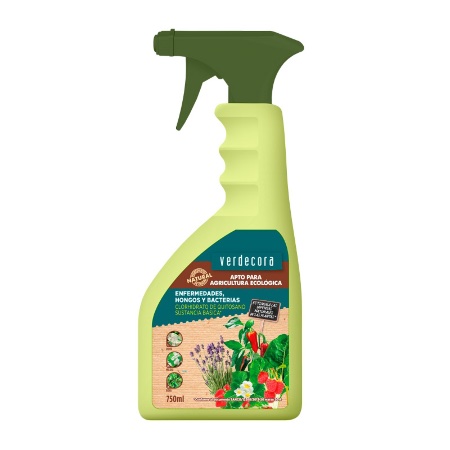
But be careful and watch. Because, although the vast majority of brown spots are due to these two aspects, they can also be the manifestation of something much more serious. In a good number of cases, fungi also create brown spots on certain plants. Something that we will have suffered if we have faced, for example, orchid diseases.
Have you experienced any of these plant disease symptoms? If you have any growing problems, write to us through social networks or come see us.
We’ll be happy to diagnose what’s wrong with it and help you enjoy it!

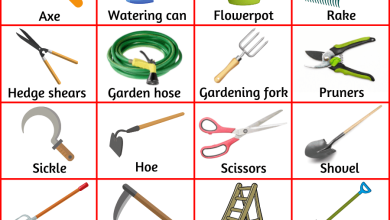
![Photo of Sowing a Fig Tree: [Cultivation, Care, Irrigation, Substrate and Pests]](https://www.complete-gardening.com/wp-content/uploads/2021/06/IMG_3897-scaled-1-390x220.jpg)
![Photo of Celandine: [Cultivation, Irrigation, Care, Pests and Diseases]](https://www.complete-gardening.com/wp-content/uploads/2022/08/celandine-cultivation-irrigation-care-pests-and-diseases-390x220.jpg)
![Photo of Retama Sphaerocarpa: [Cultivation, Irrigation, Associations, Pests and Diseases]](https://www.complete-gardening.com/wp-content/uploads/2022/08/retama-sphaerocarpa-cultivation-irrigation-associations-pests-and-diseases-390x220.jpg)